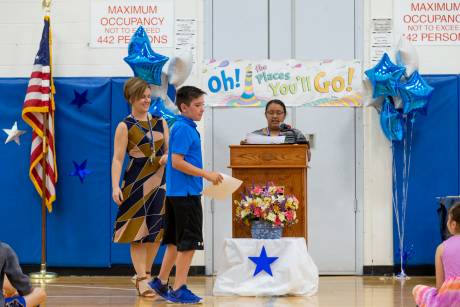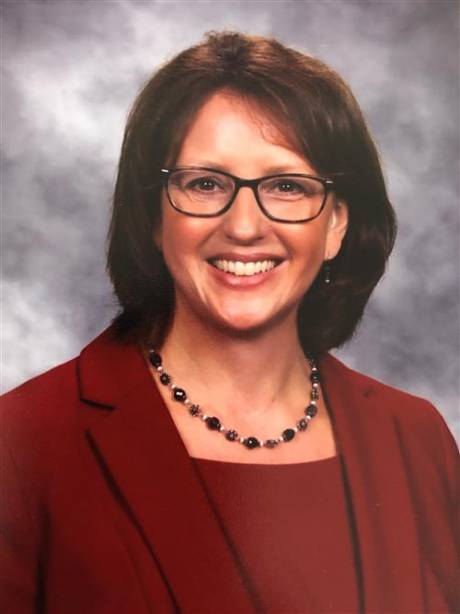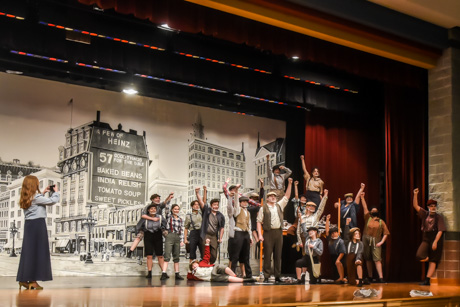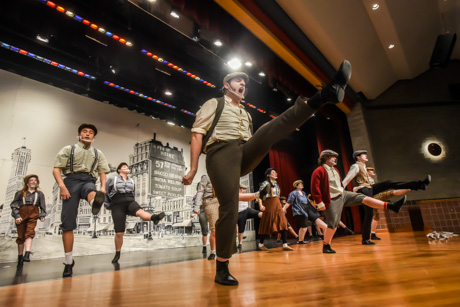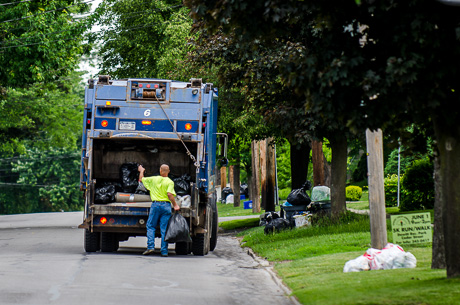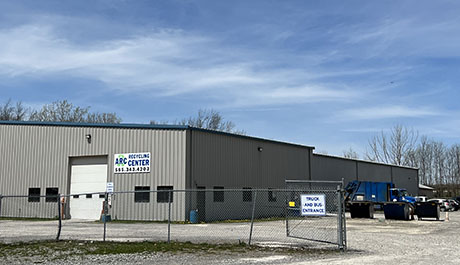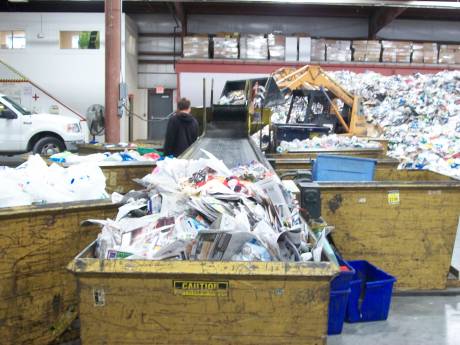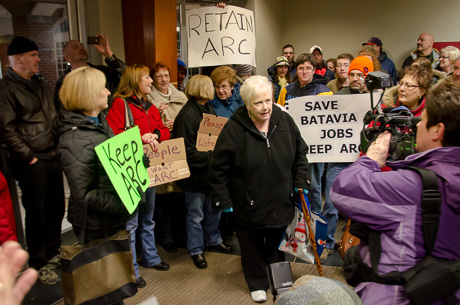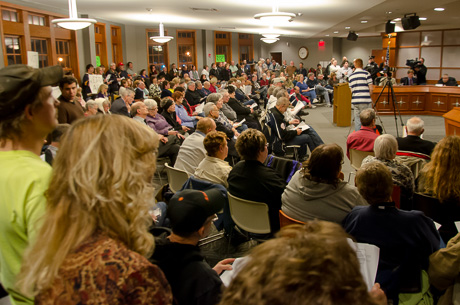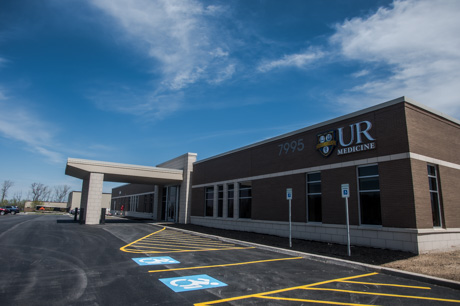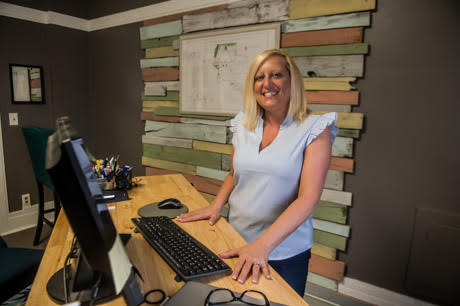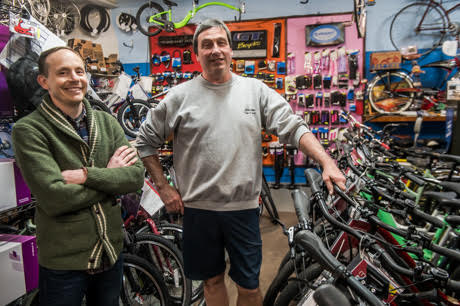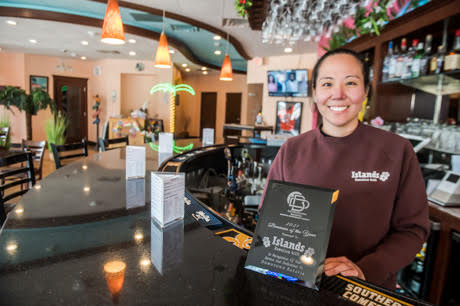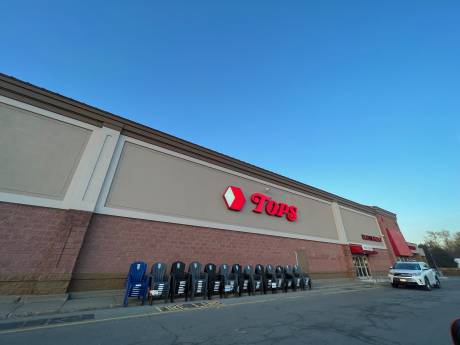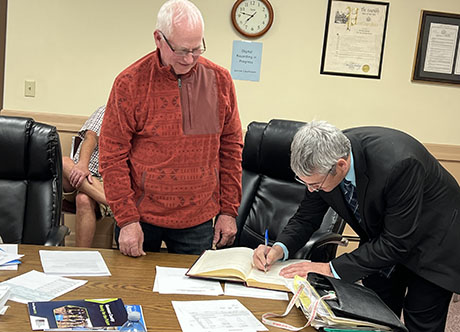While teaching a third-grade class at John Kennedy Intermediate, Molly Corey noticed one particular little girl who said Batavia was not her first school district and most likely wasn’t going to be her last.
The third-grader was chronically absent — about one day each week — and didn’t seem terribly invested in her lessons.
“We were her fourth school, and she said she will be moving again. So her buy-in to wanting to do well really depended on the relationship. I had lunch with the girl, but teachers can’t do that every day. She thought it was special that I was working with her. Whenever she would see me she would light up,” Corey said during an interview with The Batavian. “You know what, it was that relationship that really just helped to keep hooking her; I know our classroom teachers are trying hard with that.”
Corey’s regular job is not as a teacher but as executive director of the district’s curriculum and instruction department. She taught for a while to get an idea about what teachers encounter due to family circumstances and, for the last two years, a change of learning methods due to the pandemic.
Finding meaning in 'Learning Loss' ...
Two phrases that have become the “buzz words” in many school districts are “learning loss” and “social, emotional learning.” But what do they really mean? How did hybrid and remote learning affect kids, and more importantly, what are the remedies being purchased with COVID funds?
Each issue has greatly impacted students across all grades, and perhaps most crucial for children just starting to learn foundational lessons, Corey said.
“So if we start with the littlest ones at Jackson Primary, the incoming kids are really the ones most ready to thrive. It really was merely if anything changed with loss, it was because of quarantines or them being out being sick with a positive (test). So, we really tried hard to keep them on track,” she said. “If you were the first-grader or the second-grader, kids who had gaps in learning from not being here full-time last year, and from the first year of closure, some of the foundation skills that you would expect them to receive, where they're learning to read, and they're learning about basic number zones, we didn't have the same amount of time.”
The focus for teachers has been to catch up those foundational skills that students need to get into their normal curriculum and grade level, she said. Foundational skills include knowing the letters in sounds and understanding how they blend together, she said, then putting them all together in sentences. Those skills are the basics of learning to read and write, she said.
There's a sequence of skills students have to have — the building blocks — needed in order to master those skills and “build upon one another,” Corey said. “And it's a purposeful practice that really helps them to become fluent readers.”
Superintendent Jason Smith said the evidence has been evident through observing students and having conversations with teachers and principals: there are gaps in all grades due to remote learning and losing the consistency of routine.
No matter at what age, even with a solid one-to-one teaching model, it’s a difficult task, Corey said. Just imagine youngsters, especially, sitting at home staring at the computer. Working with one person. All-day long. “You can’t,” she said.
High school students, meanwhile, are struggling with earning enough credits, passing exams and meeting specific criteria for graduating at the end. Although the state Education Department gave out “some free passes” in terms of easing up on requirements for Regents exams, students still needed to acquire certain levels of knowledge," she said.
“But the reality is, we need them to pass the class, and being in person is an important factor to really give them time to show us what they know, with regard to subject,” she said. “So we have benchmark assessments that have told us some of the assignments that they're missing when there's brokenness with their schooling. We were focusing in on our seniors, obviously, we want to help them, but we have a plan in place for what we can do with the other grade levels as well.
“So we're pairing teachers with students, by content, and we're using a credit recovery system called Apex; it guides kids through the course. Because the ultimate goal is to learn and be successful, but the practical outcome is to have X number of credits to get the diploma. It's that balance to give them the compassion that they need, and the motivation to keep them going,” she said.
For Jackson Primary, John Kennedy Intermediate and the middle school, there will be an offering of summer school, taught three days a week. (See related article, “Batavia City Schools on track for robust summer.”)
“But we have these funds available, due in large part, whose goal in large part, is to help us address those gaps or the loss,” Smith said.
The social-emotional learning piece is tied to the kids’ ability to recognize and better regulate their emotions and have ability to interact well with others. Smith learned first-hand just how out of balance some students’ emotions are. He found himself getting involved with a student whose difficulties were escalating, and a report was sent to the superintendent. He helped to connect the student with a social worker and wondered what might have happened if the distraught kid missed out on that needed counseling.
Then there was the fourth-grader who began to cry, and then sobbed uncontrollably. These instances are happening, he and Corey said, and there need to be remedies to help students adjust to more than educational losses; many have mental health needs as well. Some 100 of those students not only had a pandemic to deal with, but they were also part of an ongoing trend of transplants. Throughout the school year, a portion of those 100 kids moves into the district while another portion moves out. Those fluctuations add another layer of need to help acclimate them to a new school, Corey said.
That’s where social-emotional learning comes in. The pandemic didn’t necessarily cause mental health issues as much as it put a spotlight on that piece, Smith and Corey said. In addition to hiring four new teachers to help with the academic shortfalls, another social worker will assist with the mental and emotional issues.
Federal COVID-19 funds were distributed for school districts to play catch-up with gaps due to pandemic shutdowns. Districts in New York State had to apply for the funds, explain the loss, the solutions being put in place and how they would assess outcomes. Smith said that Batavia City Schools was allocated about $9 million for three years.
After nine years at the city school district, Corey is experiencing new territory.
“It's some of the extremes ... Things we've never ever seen before,” she said.
Top Photo: 2019 File Photo of a Moving Up ceremony at John Kennedy Intermediate. Batavia City Schools officials are stepping up lessons, personnel and amount of time available to students to ensure continued progress toward graduation. Photo by Howard Owens.
Inset photo: Molly Corey, executive director of curriculum and instruction at Batavia City Schools. Photo submitted by BCSD

